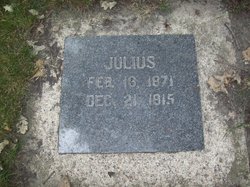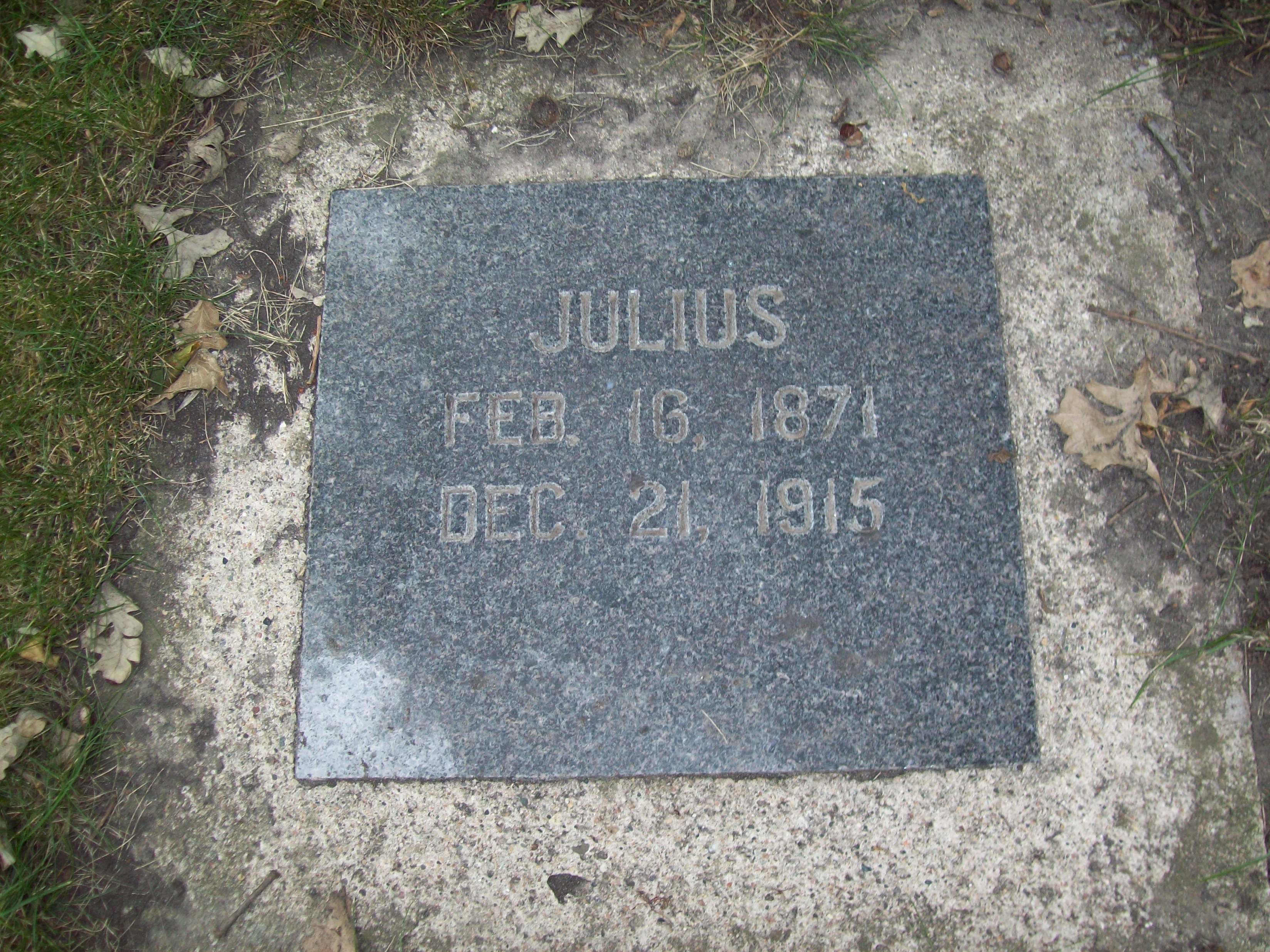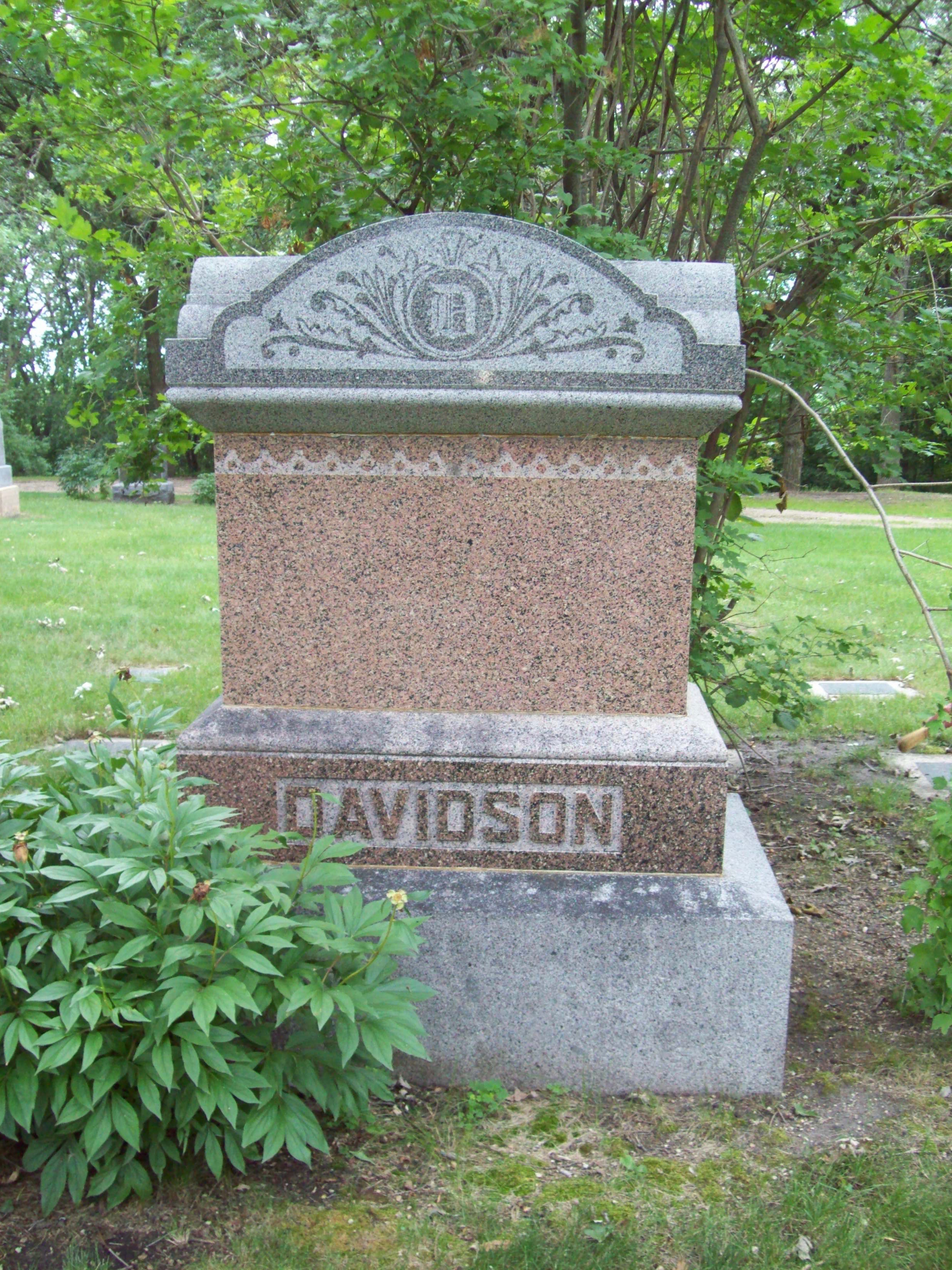In 1891, at the beginning of the harvest, the lowest estimate of the crop was at 20 bushels per acre, which was born out by the harvest of Julius Davidson. That year, the farmer had to pay from 2.50 - 3.00 per day to get help during the threshing season and some were not able to find threshing at all.
In 1894, Julius Davidson found what was believed to be a Scandinavian Battle Ax, three miles southeast of Erdahl, Minnesota. He was clearing land when he came across the ax, one and a half feet under the stump of a tree. He described it as being a "heavy ax of a strange shape, the likes of which he had never seen before."
The Crown Prince Harold of Norway had the ax for a number of months in 1964. Later, Dr. O.G. Landsverk of California had the metal ax tested. It was proved to be an ax of French origin, used in the 17th century. It was deducted that a French Guide or Ox Cart Driver traveling through the Red River Ox Cart Trail had lost the ax between the years 1830 and 1869. This ax is on display at the Runestone Museum in Alexandria, Minnesota.
In 1891, at the beginning of the harvest, the lowest estimate of the crop was at 20 bushels per acre, which was born out by the harvest of Julius Davidson. That year, the farmer had to pay from 2.50 - 3.00 per day to get help during the threshing season and some were not able to find threshing at all.
In 1894, Julius Davidson found what was believed to be a Scandinavian Battle Ax, three miles southeast of Erdahl, Minnesota. He was clearing land when he came across the ax, one and a half feet under the stump of a tree. He described it as being a "heavy ax of a strange shape, the likes of which he had never seen before."
The Crown Prince Harold of Norway had the ax for a number of months in 1964. Later, Dr. O.G. Landsverk of California had the metal ax tested. It was proved to be an ax of French origin, used in the 17th century. It was deducted that a French Guide or Ox Cart Driver traveling through the Red River Ox Cart Trail had lost the ax between the years 1830 and 1869. This ax is on display at the Runestone Museum in Alexandria, Minnesota.
Family Members
Sponsored by Ancestry
Advertisement
Advertisement














